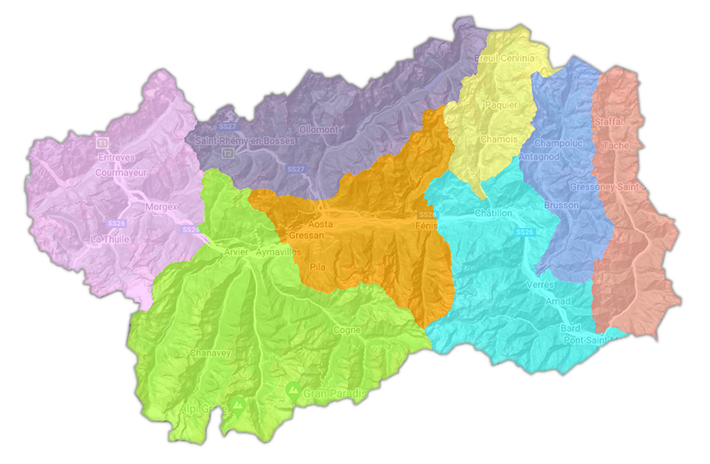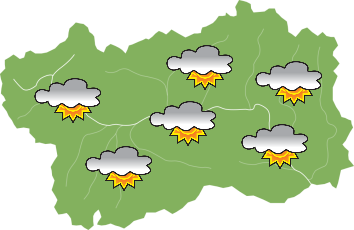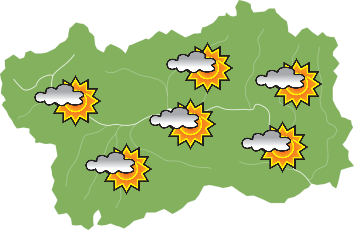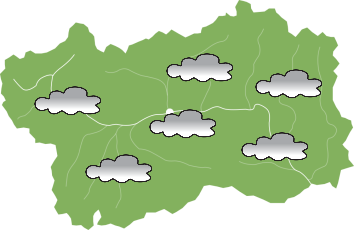Set up in the parish church, the Valgrisenche sacred art museum preserves and exhibits a significant collection of the rich heritage of furnishings belonging to the church itself and to many chapels of the valley.
Numerous wooden statues come from the chapels abandoned in the 1950s following the construction of a large dam in the upper part of the valley, recently downsized for safety reasons.
In the main display case, the sculptural group of the Virgin enthroned with the Child stands out, dating back to the end of the 14th century, belonging to the furnishings of the ancient parish church, built after 1392, the year the parish was founded, and consecrated in 1417. The two angels candle holders from the Prariond chapel can be dated to the first quarter of the fifteenth century.
The four wooden statues of the Aosta Valley saints Anselm, Giocondo, Orso and Bernard date back to the Baroque period and were originally part of the main altar built in 1679. Alongside these in the display case are other sculptures of saints, dating back to the 17th-18th centuries, coming from the chapels of the valley and in particular from those that no longer exist such as Surrier, Usellières and Fornet. Stylistically homogeneous is the group of statues created by the Valsesian artist Giovanni Comoletti for the Mondanges chapel at the end of the nineteenth century.
Expressions of Marian devotion are the sculptures placed in the window case to the right of the entrance, including a very delicate sixteenth-century Pietà and the evocative image of the Assumption of the Virgin from the Fornet chapel.
The central display case shows the processional objects.
The most ancient processional cross can be dated to the end of the 13th century (therefore preceding the establishment of the parish).
The cross placed in the centre dates back to 1440-1450 with the figures of the Virgin and Saint John at the sides of Christ at the ends of the arms and on the back the symbols of the evangelists arranged around the central bezel. The latter was embellished with a small illuminated parchment dating back to around 1470-1480, depicting the Madonna and Child, probably added in a later period.
The tubular shape distinguishes the third cross, an imported work most likely coming from Flanders, dating back to between the end of the 15th and the beginning of the 16th century.
The devotional and liturgical jewellery is presented in a dedicated display case, including four precious metal foil boxes, intended for the conservation and display of the relics to the faithful. Fragments of the body of San Grato, patron saint of the parish, were kept both in the box reliquary dating back to the second half of the 15th century, and in that datable to the first quarter of the following century, decorated with golden plaques with the figures of the Virgin and the saints Grato and Giocondo.
Finally, the furnishings of the church and chapels include a series of sacred vases, including a monstrance, a pyx and various chalices, dated to the last quarter of the 17th century and assignable to silversmiths' workshops operating in the neighbouring French territories.










